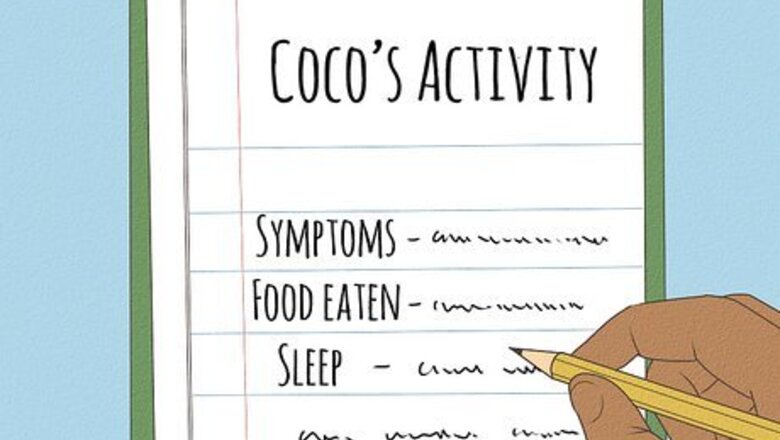
views
Recognizing Symptoms of Illness
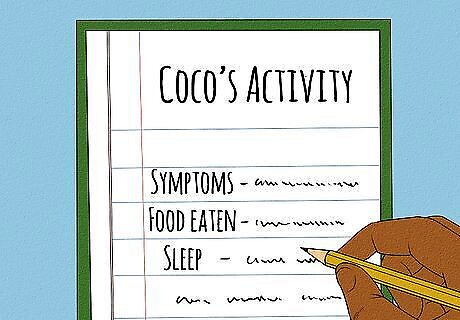
Monitor your dog's daily activity. Keep a notebook of when your dog relieves himself, when his symptoms occur, when he eats and drinks, and so on. This helps to establish a pattern to the symptoms. It can also be a very useful tool for the veterinarian to diagnose your dog’s illness. If your dog is mildly sick (not eating the best for a day, restless, vomiting once or twice, a bout of diarrhea) you can carefully observe your dog at home and phone your vet for advice.
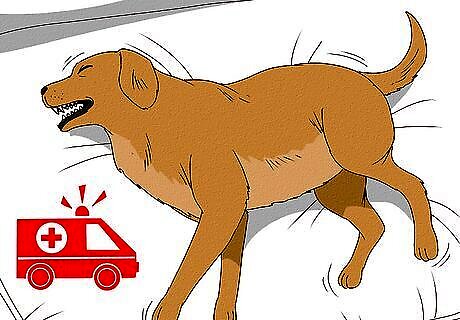
Seek prompt veterinary attention with certain symptoms. There are several severe symptoms that require immediate medical attention. Never wait on these symptoms and call your vet right away: Unconsciousness Profuse bleeding Known ingestion of a toxic substance Unrelenting vomiting and diarrhea Broken bones Breathing difficulties Seizures that don’t stop within one minute Unable to urinate or not producing urine New or recurring symptoms in a dog with a medical condition (diabetes, Addison’s disease, etc.) Large swellings around the face, eyes or throat

Get advice from your vet on less severe symptoms. Some symptoms of illness can be uncomfortable for dog and may indicate conditions that need to be treated. Call your vet to get advice on treating the following symptoms: Isolated seizure that lasts less than one minute Occasional vomiting and diarrhea lasting longer than one day Fever Lethargy lasting longer than one day Not eating for more than one day Difficulty defecating Limping or acting painful Excessive drinking Swelling that comes on gradually Lumps or bumps that suddenly appear or current ones that grow Any other odd symptom or behavior (shivering or whimpering) EXPERT TIP Colleen Demling-Riley, CPDT-KA, CBCC-KA, CDBC Colleen Demling-Riley, CPDT-KA, CBCC-KA, CDBC Canine Behavior Consultant Colleen Demling-Riley (CPDT-KA, CBCC-KA, CDBC) is a Canine Behavior Consultant and the Founder of Pawtopia Dog Training. With more than 20 years of experience, she specializes in creating and customizing dog management programs for dog owners. She is a Certified Pet Dog Trainer-Knowledge Assessed, Certified Behavior Consultant Canine-Knowledge Assessed, Certified Dog Behavior Consultant, and American Kennel Club Canine Good Citizen Evaluator. Colleen is a member of the International Association of Canine Professionals and has been a featured expert in national media including the New York Times, Woman’s Day, Readers Digest, Cosmopolitan, and Yahoo.com. Colleen Demling-Riley, CPDT-KA, CBCC-KA, CDBC Colleen Demling-Riley, CPDT-KA, CBCC-KA, CDBC Canine Behavior Consultant Call the vet for guidance if your dog is in pain. While you wait, create a quiet, comfy space for them to rest. Choose a less busy area of the house, like a crate or bed in the corner of the family room. Don't hesitate to call your vet immediately to find out what you should do.
Treating Illnesses at Home
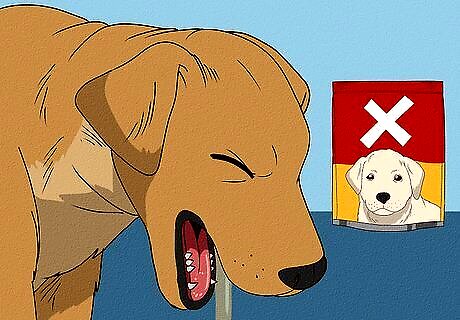
Withhold food if your dog is vomiting or has diarrhea. For puppies and dogs older than 6 months who have previously been healthy, you can withhold all food for up to 24 hours if the primary symptoms are vomiting or diarrhea. This also includes treats and rawhides.
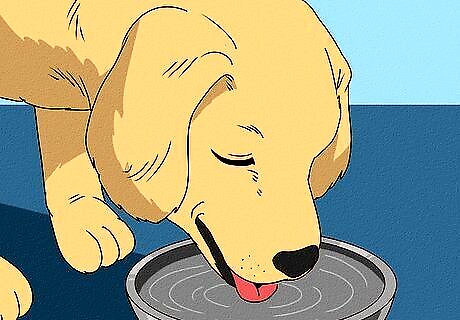
Make sure your dog has access to water. Never withhold water from a sick dog, unless he vomits it up. If this happens, contact your veterinarian for advice.
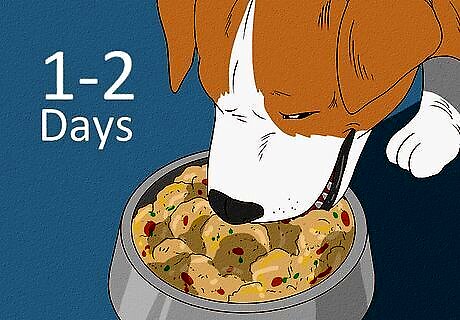
Introduce a bland diet for 1-2 days. After you withhold food for 24 hours, and your dog is behaving more normally, you can gradually introduce a bland diet for 1-2 days. A bland diet for a dog includes one part easily digested protein and 2 parts an easily digested starch. Typical protein sources include cottage cheese or chicken (no skin or fat) or boiled hamburger. A good starch is plain cooked white rice. Feed your dog one cup daily (split into 4 servings 6 hours apart) per 10 pounds of weight.
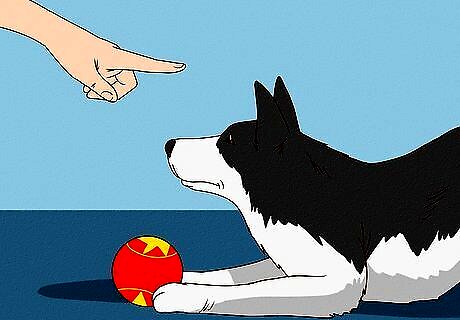
Limit your dog’s exercise and play time. Make sure your dog gets plenty of rest by restricting how much exercise and play time he gets. Take him out on a leash to relieve himself, but don’t let him play while he feels poorly. This is especially important if he is limping.

Monitor your dog’s stool and urine output. Pay attention to how much your dog is defecating and urinating while he is ill. If you normally let him outside by himself, use a leash while he’s ill so that you can watch how much he urinates or defecates. Do not punish your dog if it has an accident inside the house—stool, urine or vomiting. They cannot help it if they are sick and may hide from you if they are punished.
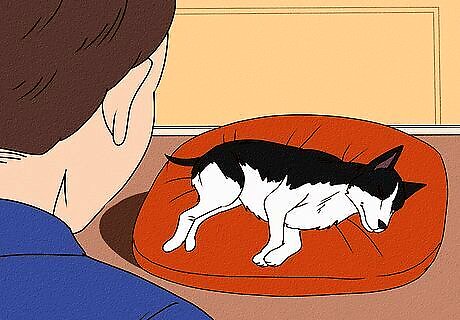
Monitor your dog’s symptoms closely. Make sure you keep a very close eye on your dog, in case the symptoms get worse. Do not leave your dog on his own. Do not leave him alone for the day or weekend. If you must leave the house (for example, you need to go to work), have someone check on your dog every 2 hours. If you can’t arrange this, call your veterinary clinic to see if they do monitoring in the clinic. Symptoms can worsen quickly, or new or more serious symptoms can occur rapidly. EXPERT TIP Colleen Demling-Riley, CPDT-KA, CBCC-KA, CDBC Colleen Demling-Riley, CPDT-KA, CBCC-KA, CDBC Canine Behavior Consultant Colleen Demling-Riley (CPDT-KA, CBCC-KA, CDBC) is a Canine Behavior Consultant and the Founder of Pawtopia Dog Training. With more than 20 years of experience, she specializes in creating and customizing dog management programs for dog owners. She is a Certified Pet Dog Trainer-Knowledge Assessed, Certified Behavior Consultant Canine-Knowledge Assessed, Certified Dog Behavior Consultant, and American Kennel Club Canine Good Citizen Evaluator. Colleen is a member of the International Association of Canine Professionals and has been a featured expert in national media including the New York Times, Woman’s Day, Readers Digest, Cosmopolitan, and Yahoo.com. Colleen Demling-Riley, CPDT-KA, CBCC-KA, CDBC Colleen Demling-Riley, CPDT-KA, CBCC-KA, CDBC Canine Behavior Consultant If your dog is in pain, stay calm. Dogs are sensitive to their owner's emotions. If your dog is in pain and you start getting nervous or panicky, your dog will sense your distress and feel more pain and stress. Whatever the situation, approach it calmly to help your dog feel reassured.

Don’t hesitate to call your vet. If you’re unsure about your dog’s symptoms, or if he seems to be getting worse, call your vet for advice.
Making a Comfortable Space for Your Dog
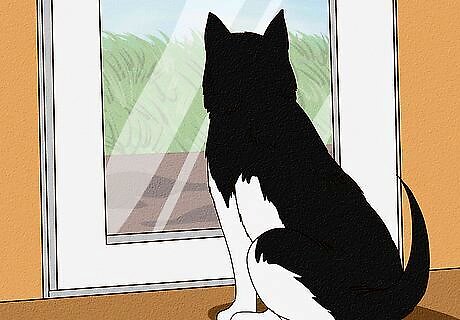
Keep your dog inside. Don’t leave the dog outside or in the garage. The dog may have trouble regulating its temperature and you won’t be able to close observe it for a change in symptoms.

Make a comfortable bed. Provide a dog bed with blankets in a spot where you can easily and frequently monitor your dog. Choose blankets with your scent on them so that your dog will feel comforted. It’s a good idea to choose a spot with easily cleaned floors, such as in a bathroom or kitchen. Then, if your dog vomits or has an accident, you can clean it up easily and quickly.
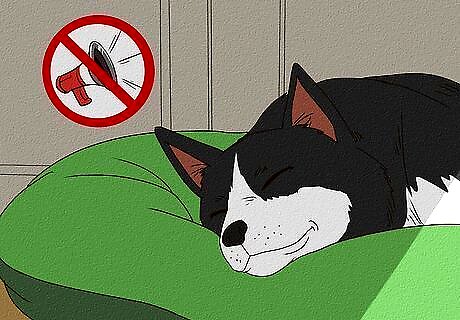
Keep your house quiet. While your dog is sick, keep the sound down and lights low. Think about how you like the environment when you are sick. Your dog will appreciate similar ambience. Limit visitors and noise from vacuums, children, and the television. This will allow your dog to get the rest he needs.
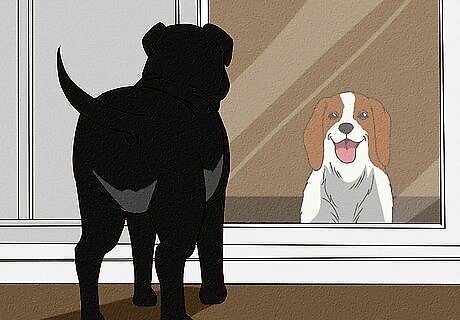
Isolate your sick dog from other dogs. It is a good idea to keep your sick dog away from other dogs. This will help prevent any transmission of diseases. This quiet time will also give your dog some time to rest.
Keeping a Safe Environment for Your Dog
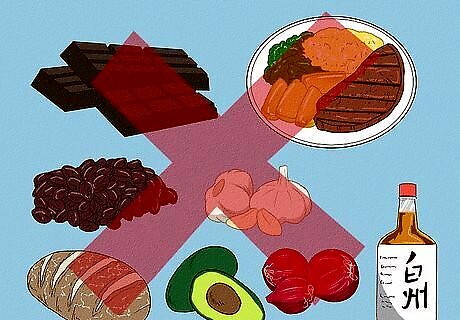
Don’t feed human food to your dog. Foods that are safe for humans can be deadly to dogs. Products like xylitol are especially dangerous for dogs. This is present in sugar-free foods and tooth care products. Other toxic foods include bread dough, chocolate, avocados, alcohol, grapes, raisins, onions, garlic, and other foods.
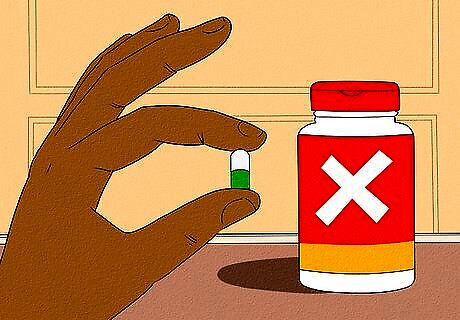
Don’t give human medication to your dog. Never give your dog human medication unless you have checked with your veterinarian. These medications can be toxic to dogs and they may make illnesses worse.
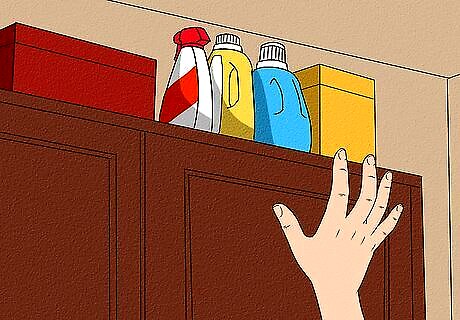
Keep your house, garage, and yard free from toxic substances. Always monitor your dog when he is outside. Keep potentially toxic substances out of his reach. These can include pesticides, antifreeze, fertilizers, prescription medications, insecticides and other items. These items can be poisonous and potentially lethal to a dog.




















Comments
0 comment